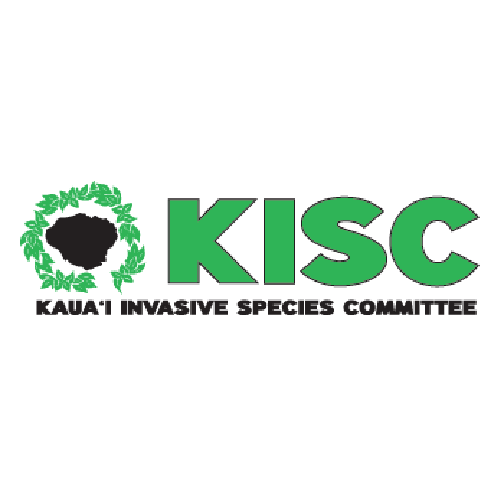Family: Asteraceae
Lactuca saligna, commonly known as willowleaf lettuce, is an upright annual herb in the sunflower family (Asteraceae). Native to Europe and western Asia, it has naturalized in many temperate regions, including parts of North America and Australia. It typically grows in disturbed areas such as roadsides, fallow fields, and urban lots, where it thrives in full sun and a variety of soil types.
This species produces many wind-dispersed seeds equipped with a pappus, aiding its spread across open landscapes. While L. saligna does not form dense thickets or pose significant fire or toxicity risks, it is a prolific seed producer and can become locally invasive in heavily disturbed habitats. It is not commonly cultivated and has limited ecological value in Hawaii. At present, L. saligna has been reported from Oahu, but is not widespread in the Hawaiian Islands, and early detection and control in disturbed areas may prevent future spread.
High Risk Traits:
- Broad elevation range and climate suitability (environmental versatility)
- Tolerates and can spread in regions with tropical climates
- Naturalized outside native range (and reported from Oahu, Hawaiian Islands)
- A disturbance adapted weed that may impact agriculture
- Other Lactuca species are invasive
- Host of Lactuca pests and pathogens
- Tolerates many soil types (not limited by substrate)
- Reproduces by seeds
- Self-compatible (able to be self-pollinated and produce seeds)
- Reaches maturity in one to two growing seasons
- Seeds dispersed by wind, water, mud, soil movement, human activities including agricultural and landscape maintenance equipment, and possibly animals
- May be capable of prolific seed production
- May be resistant to certain herbicides
Low Risk Traits:
- Not reported to be a serious agricultural or environmental weed where naturalized
- Unarmed (no spines, thorns, or burrs)
- Palatable to animals
- Thrives in high light environments (dense shade may inhibit spread)




